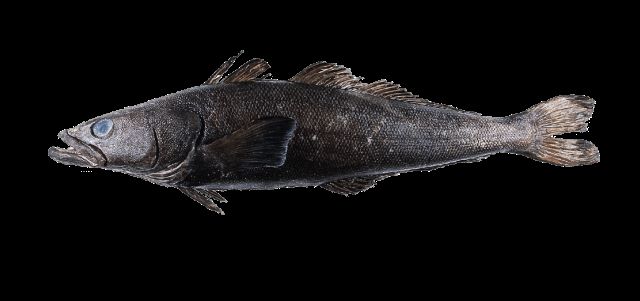
The appearance of Patagonian toothfish (Majeranainame)
Common name: Patagonian Toothfish, Mero, Chilean seabass, Patagonian toothfish, Patagonsky klykach
Japanese name: Majeranainame (マジェランアイナメ)
French common name: Légine australe
German common name: Schwarzer Seehecht
Spanish common name: Austromerluza negra, Bacalao, Bacalao de profundidad, Merluza negra, Mero
Portuguese common name: Marlonga-negra
Russian common name: Клыкач патагонский
Scientific name: Dissostichus eleginoides Smitt, 1898
Nigiri sushi detail: Patagonian Toothfish (Majeranainame) Nigiri sushi
Characteristics:
Patagonian Toothfish (Majeranainame) is distributed from the Falkland Islands to the Kerguelen Islands and along the coast of Antarctica. It inhabits the continental shelf at depths of 1,000 to 1,800 meters. The maximum length of this species is 2 meters. Its body shape is similar to that of the black cod (Gindara), being elongated, with a large head and mouth. The body color is grayish-brown, with a lighter grayish-brown ventral side and irregular dark patches. It is named Green ling (Ainame) but is distantly related in taxonomic terms.
In Spanish-speaking countries such as Argentina, where it is mainly caught, it is called “Merluza negra” or “Bacalao de profundidad”. In the United States and Canada, Chilean sea bass is used as the trade name.
Majeranainame has been imported to Japan since the 1980s as a substitute for black cod (Gindara). As of 1998, Japan imported approximately 20,000 tons, but since then it has been outbid by other countries and the imports dropped significantly to approximately 1,000 tons in 2017. As of 2019, China, Hong Kong, and the United States are the main importers.
The meat is white, tender, and fatty. It is served as sashimi, grilled with salt, simmered, or fried. Known by its distribution name as Mero, most fish distributed under the name Mero are Majeranainame, but also include some closely related species, Antarctic Toothfish.
Share this article